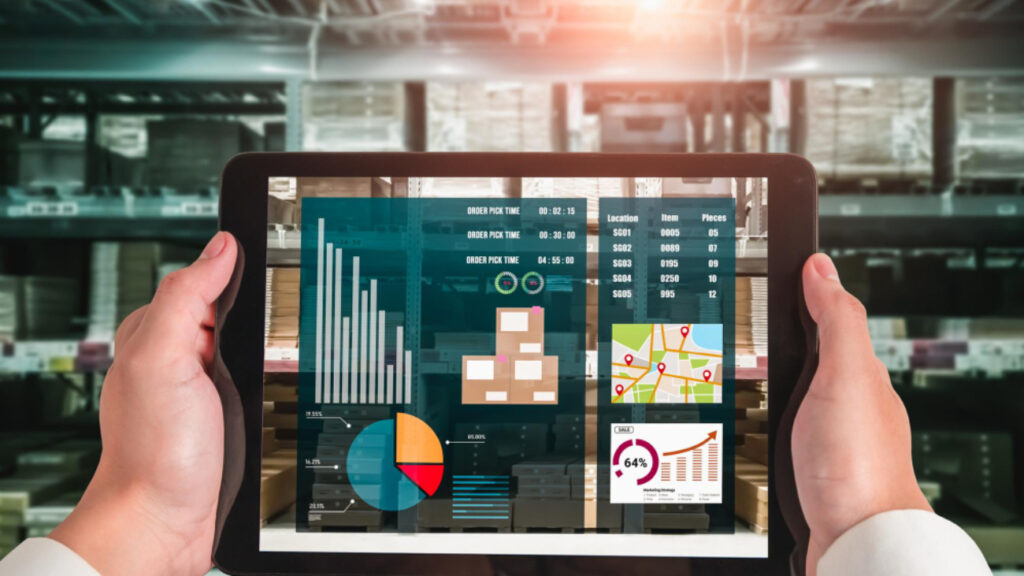Smart cities are gradually emerging as significant technological advancements, promising efficient and sustainable urban places to live and work in observed Bahaa Al Zubaidi. At the crux of smart cities lies the integration of a range of technologies, one of the most impactful being biometrics.
Biometrics refers to the analysis and measurement of distinct human characteristics, like fingerprints, facial features, iris patterns, and even behavioral traits like your gait. Leveraging biometrics in the development of smart cities has the potential to be game-changing in the way we live, work, and socialize in urban areas.
Smart Cities, Smarter Applications
One of the main applications of biometrics in smart cities is boosting public safety and security. Traditional methods such as passwords and cards for access are prone to breaches. On the other hand, biometrics provide a higher degree of security, as they are almost impossible to replicate. Biometric authentication may be implemented to access public facilities, services of the government, and even certain financial transactions, thus reducing the risk of fraud and identity theft.
Transportation in Smart Cities
Biometrics can play a vital role in improving systems of transportation within smart cities. Fingerprint scanning and facial recognition can streamline public transportation. It enables fast and efficient processes for boarding, reducing queues, and ensuring sole access to authorized individuals in certain services or areas. This optimizes transportation functions, enhances passenger experiences, and reduces instances of unauthorized access.
Sustainability and Biometrics
Biometrics contributes significantly to sustainability efforts in the urban space. Smart cities can monitor as well as manage resources effectively by using biometric data for tracking and controlling energy consumption, management of waste, and water usage.
Public Health
Public healthcare services in smart cities benefit from biometrics. Personal health information, such as sensitive genetic information and biometric readings, may be stored securely and accessed as required by authorized medical experts and professionals.
Traffic Solutions
Traffic management is yet another domain where biometrics makes a significant impact. By the analysis of biometric data from vehicles and pedestrians, city authorities can identify congested locations, study movement, and devise ways to alleviate traffic jams and bottlenecks.
Smart Cities and Concerns
In smart cities, the adoption of biometrics raises some issues and concerns. As such systems gather and store very sensitive personal information/data, there is a requirement for robust compliance and regulations. More than this, there must be transparent governance to protect personal rights and prevent misuse of data and information. Striking an even balance between privacy and technological advancements is critical to maintaining public trust in the development and building of smart cities.
Thank you for your interest in Bahaa Al Zubaidi blogs. For more information, please visit www.bahaaalzubaidi.com.
